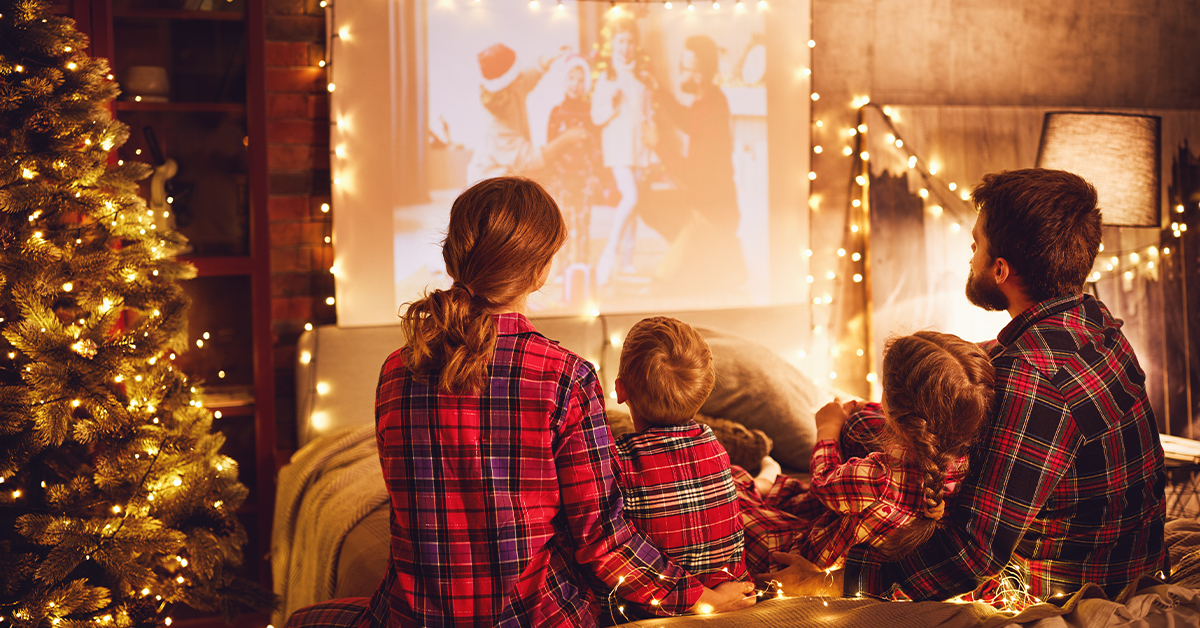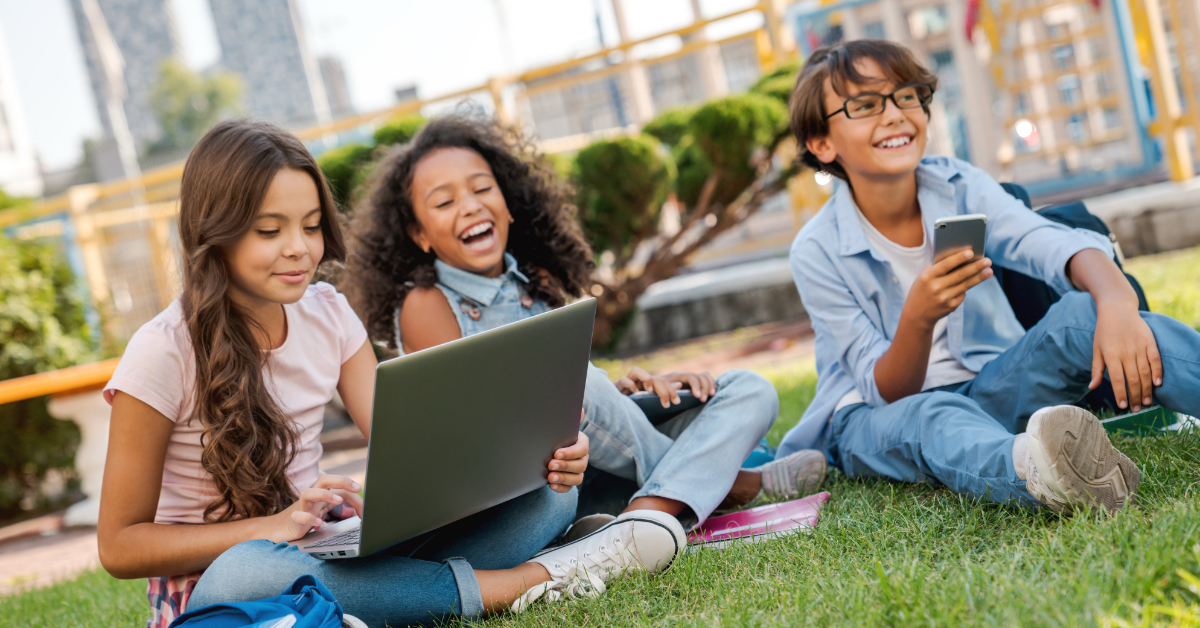
As the holiday season approaches, bringing its whirlwind of festivities, traditions, and celebrations, maintaining a consistent learning schedule can be challenging for families and homeschoolers.
Yet, this vibrant time offers more than just a break from the usual routine; it presents a unique opportunity to blend educational experiences with the joy of the season. The holidays, with their rich tapestry of cultural and historical significance, can become an exciting educational journey that doesn’t cost an ounce of festive spirit!
A balanced holiday learning schedule respects the need for both structured educational activities and the freedom to immerse in the season’s joy. Interactive learning activities that the whole family can enjoy can help transform traditional holiday pastimes into moments of discovery and bonding.
Crafting a Balanced Holiday Learning Schedule
The holiday season, with its festive cheer and busy schedule, can often lead to a disruption in the regular learning routine. However, with some thoughtful planning, parents can design a holiday learning schedule that strikes a perfect balance between structured educational activities and the freedom to bask in the season’s festivities. Here are a few approaches to consider.
Merge Structure with Flexibility: Start by creating a flexible, yet structured daily plan. This might involve setting aside specific times for learning activities, while leaving ample room for holiday-related fun. For instance, mornings can be dedicated to more focused educational tasks, while afternoons and evenings can be reserved for family outings, holiday preparations, and relaxation. The key is to maintain a routine but provide flexibility to accommodate the spontaneous joyful moments that define the holiday spirit.
Set Realistic Academic Goals: It’s important to adjust your academic expectations during the holidays, so try to set realistic goals that acknowledge the unique nature of the season. This might mean focusing on maintaining current skills rather than introducing complex new topics. For example, you can reinforce math skills by putting together a holiday shopping budget, or practice writing by creating holiday cards. These activities keep the learning process going but are manageable and (relatively) stress-free.
Integrate Learning into Festive Activities: Look for opportunities to embed learning within typical holiday activities. This could include reading books about different winter holidays as part of bedtime routines or discussing the historical and religious significance of holiday symbols during mealtime conversations. These moments of informal learning can be both enjoyable and informative, ensuring that education continues in a way that feels natural and festive. We’ll dig into more ideas below.
Educational Festivities: Making Learning Part of the Celebration
The holiday season brings a unique opportunity to weave learning seamlessly into the fabric of celebration. This festive period is ripe for activities that are not only fun but also inherently educational for learners in every grade level.
The Science and Math of Holiday Baking: One of our favorite traditions—baking—not only provides educational opportunities; it can also give parents some help in the kitchen! As children measure flour and sugar, they’re (wittingly or unwittingly) honing their math skills, learning fractions, and visualizing quantities. The kitchen also serves as a mini science lab, where children witness firsthand the chemical reactions that make cakes rise and cookies crisp. Every stir and mix is a lesson in physical science, and every recipe followed strengthens their ability to follow sequential instructions.
Delving into the Roots of Tradition: Holidays are steeped in history and culture, making them the perfect backdrop for a rich learning experience. Each tradition carries a story worth telling—from the candles of Hanukkah that recount ancient miracles to the Christmas tree and its decorations that symbolize Christ’s birth. Engaging children in exploring these stories not only enhances their understanding of the world’s rich tapestry of cultures but also deepens their appreciation for their own religion and the meaning behind each festivity.
Exploring Global Celebrations: Holidays around the world offer insight into alternative traditions. Introducing children to different cultural celebrations can be both enlightening and engaging. Activities like crafting a traditional holiday decoration from another culture, learning a few words in another language, or preparing a special dish specific to another nation’s holiday festival, can broaden your child’s horizons and foster a sense of global community and understanding.
Incorporating these educational elements into holiday festivities not only keeps the learning momentum going during the season but also enriches the celebrations, making them more poignant and memorable for children of all ages. The joy of learning becomes intertwined with the joy of the season, creating lessons and memories that last well beyond the holidays.
Interactive Learning Activities for the Whole Family
The holiday season is a wonderful time for family bonding, and integrating interactive learning activities into your celebrations can enhance both the fun and the educational value of your time together. These activities are not only a great way to learn but also an opportunity to create lasting family traditions.
Educational Games and Family Projects: Consider introducing games that combine fun with learning. For instance, a holiday-themed trivia game can include questions about different winter traditions, encouraging both learning and friendly competition. Crafting projects, such as making a family holiday scrapbook, can involve research about family history and cultural traditions, turning it into a collaborative learning experience.
Storytelling with an Educational Twist: Traditional holiday storytelling sessions can be transformed into rich educational experiences. Reading stories or poems related to the holidays can inspire discussions about literature and history. For a more interactive experience, encourage family members to share stories from their own lives to enhance retention and provide a personal tie to the material.
DIY Decorations and Crafts: Creating DIY holiday decorations can be a fun and educational family activity. Designing and building decorations can teach basic engineering and artistic skills. Additionally, researching the origins of different decorations (like wreaths, menorahs, or incense) can provide insight into various cultural traditions.
Holiday Movies: It may sound trite, but watching classic holiday movies can be quite educational, sparking meaningful conversations about history or serving as inspiration for future reading. For example, you can use It’s a Wonderful Life to talk with your children about the Great Depression and A Christmas Carol to discuss how books influence cinema.
By incorporating these interactive learning activities into your holiday gatherings, you create a festive atmosphere that’s both educational and enjoyable. These activities promote family bonding, cultural awareness, and the joy of learning, making the holiday season both enriching and memorable for everyone involved.
Interested in learning more about incorporating education into your child’s holiday experience? Check out this episode of The Demme Learning Show, where host Gretchen Roe sat down with Amanda Capps to discuss making school count as you’re counting the days toward holiday celebrations.




Leave a Reply